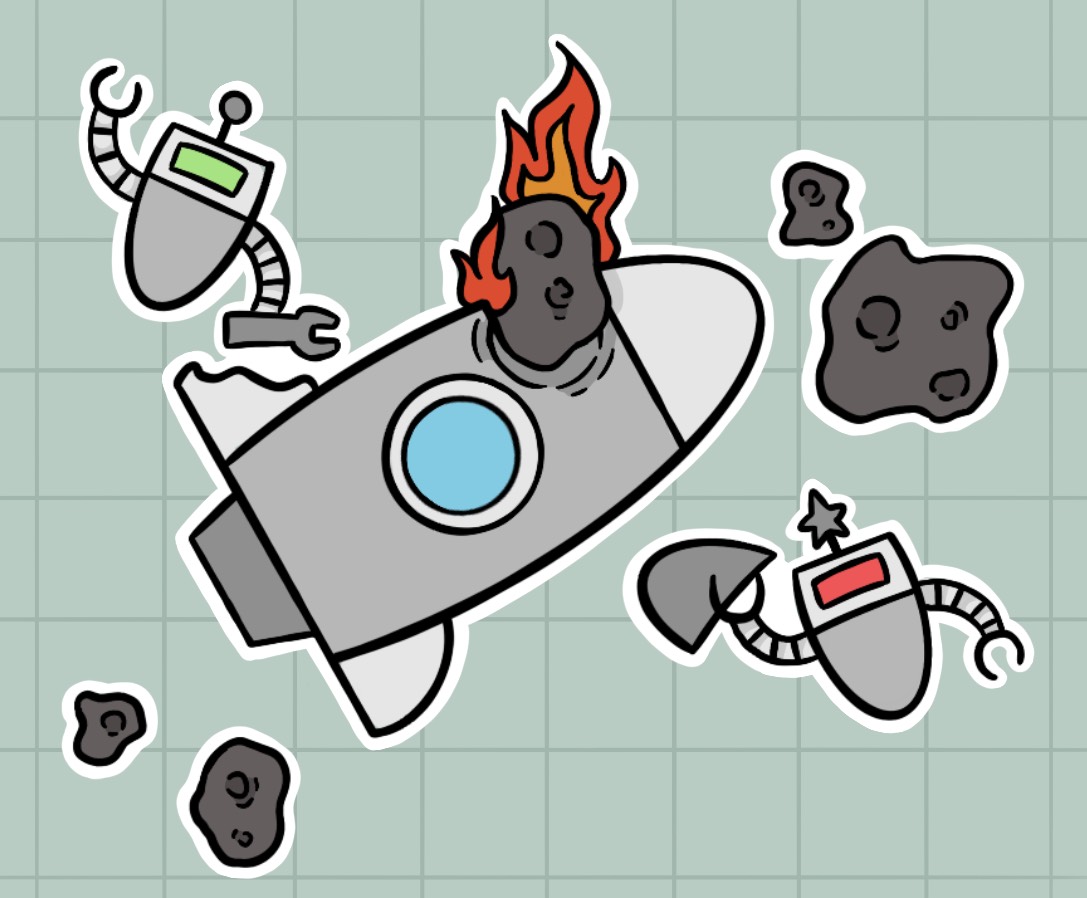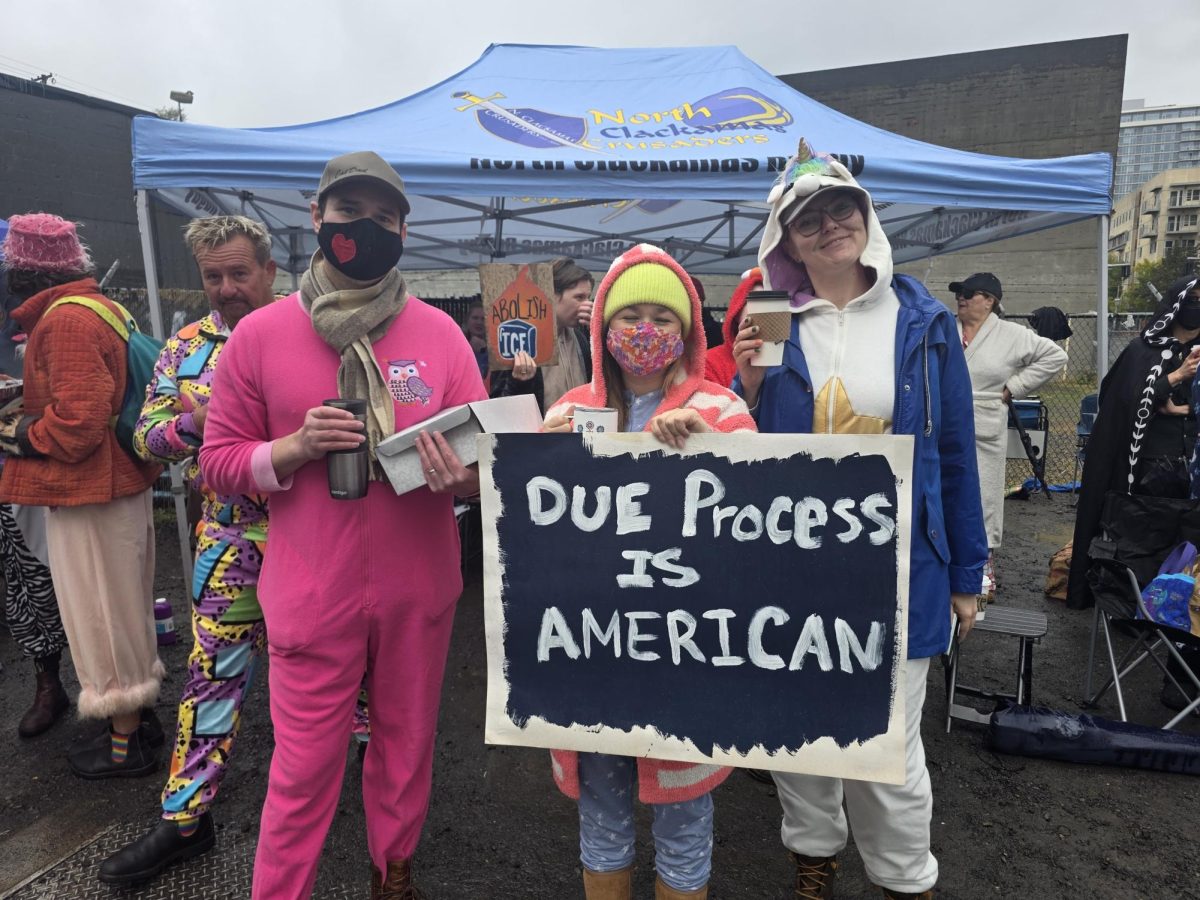On Monday, Oct. 20, the Amazon Web Service (AWS) experienced a global outage. Beginning before 12:11 a.m. PDT and resolving a little after 3:00 p.m. PDT, the outages lasted for almost 15 hours. Hundreds of sites that all rely on AWS to function were shut down and many classrooms at Ida B. Wells High School were unable to function normally.
This outage was caused by a coding error in an update for the AWS Domain Name System (DNS). DNS is the system that registers requests you make on the computer in order to send you to the correct website. While several fixes were reported throughout the day, repair was a slow process that largely went unfixed until 3:00 p.m. PDT.
Sites that crashed included: Canvas, Snapchat, Amazon, Ring, The Associated Press, Lyft, Reddit, Roblox, Fortnite, Zoom, Venmo and PlayStation. Even the United Kingdom’s government and other sites that let people change plane tickets were largely unusable.
At IBW, all students and staff were unable to access Canvas, the online platform used for assigning and submitting work. In addition, those who had signed out of their Chromebooks or Chromeboxes—which connect to projectors—were unable to sign back in. Teachers were especially affected, being unable to access any of their lesson materials. “Unless the staff member had a Windows machine or a personal device that they were able to use, it was very difficult to get any work done,” said Cassie Lanzas, the Librarian and Media Specialist at IBW.
“I couldn’t get any of my classroom resources, so we mostly played a review game,” said Tim Loveless, an IBW government and economics teacher. Loveless, along with many other teachers, had to adapt their lesson plan due to the outage.
Some teachers who hadn’t signed out of their computers over the weekend were still able to access a few of their resources, such as docs and other non-AWS sites, allowing them to proceed with class as usual.
“In my calculus class, my teacher, Brittany Jenkins, was supposed to put up an assignment, but she wasn’t able to, which caused a bit of confusion,” said Dalya Lyons, a senior at IBW. However, the majority of her classes had lesson plans that didn’t require the use of affected sites, allowing them to proceed with class as normal, except for moving online due dates until Canvas was up and running.
This error in the DNS points out a vulnerability in today’s interconnected world of technology. Because AWS controls the majority of DNS use, one single computer error was able to take down hundreds of sites and companies for almost 15 hours, creating a massive impact on people’s day-to-day lives.
“We should probably break up Amazon [into smaller sub-companies] or encourage other tech companies to get into the web-hosting market that Amazon is currently dominating to prevent things like this from happening,” said Loveless. If Amazon doesn’t control the majority, it won’t impact as many sites when an error occurs.
“It makes me nervous how much we rely on the internet and technology,” said Britney Small, the VP Secretary at IBW. “It makes me want to check my screen time and have back-up plans in case of an emergency.”
This DNS error is a relatively common failure, yet because of its widespread impact, it points out a very important concern: are we relying too heavily on AWS?









